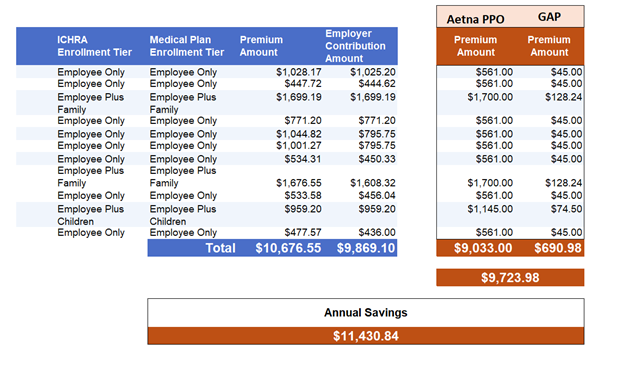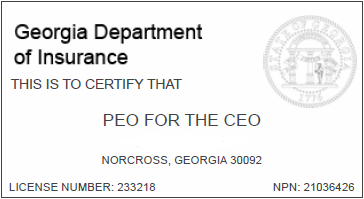1.3 Bridging the Deductible: Why GAP Insurance is a Smart Strategy for Small Businesses
Small businesses often face a tough balancing act: controlling health insurance costs while ensuring employees are protected from high out-of-pocket expenses.
We recently helped an 11-employee company save over $11,000 annually—all while dramatically reducing employee deductibles—by pairing a High-Deductible Health Plan (HDHP) with a GAP insurance policy.
This strategy is a proven way to
maximize savings for the employer while keeping
employee costs predictable and manageable.
🧩 What Is GAP Insurance?
GAP insurance is a
supplemental health policy designed to cover the “gap” between what an HDHP pays and what employees owe out-of-pocket. Typically, it reimburses:
- Deductibles
- Copays
- Coinsurance
- Hospital stays or surgeries
Think of it as a
financial airbag, softening the blow of large medical expenses before the HDHP kicks in. The best part? Coverage can be
surprisingly affordable, often starting around
$40/month for an individual.
✅ Benefits of GAP Insurance Strategies
- Reduce Out-of-Pocket Exposure: A $7,150 deductible can feel more like $2,000, making care accessible and less stressful for employees.
- Employer Cost Savings: HDHPs have lower premiums, and when paired with GAP, employers can save thousands annually.
- Customizable Coverage: GAP plans can cover inpatient, outpatient, ER visits, or even select prescriptions.
- Predictable Budgeting: Simplifies forecasting while maintaining strong employee protection.
- Recruitment & Retention Tool: Employees value affordable premiums and lower deductibles, improving morale and loyalty.
⚠️ Considerations and Limitations
While GAP insurance is powerful, small businesses should be aware of potential challenges:
- Claims Submission: Employees may need to submit EOBs and receipts for reimbursement.
- Limited Mental Health Coverage: Many GAP policies exclude behavioral health or therapy.
- Communication Complexity: Employees require clear guidance to understand how GAP works with their HDHP.
🏆 Why This Strategy Works
Using a PEO Master Aetna HDHP paired with GAP insurance provides a textbook example of a win-win benefits strategy:
- Lower employer premiums without sacrificing coverage
- Protect employees from large deductibles
- Provide affordable coverage starting as low as $40/month per employee
- Build a cost-effective, competitive benefits package
For small businesses, this combination strikes the perfect balance between savings and employee satisfaction, while helping HR teams manage renewals during Q4 efficiently.
📩 Next Steps
Want to explore how GAP strategies could work for your business? We provide free, side-by-side comparisons tailored to your company.
Email:
suzanna@peofortheceo.com to get started today.
Stay Tuned
In the next article in our Q4 series, we’ll cover:
“HRA vs. HSA: Smarter Cost Containment Strategies for Employers”
We’ll dive into the
differences, benefits, and best practices for using HRAs and HSAs to
control healthcare costs while keeping employees happy.



